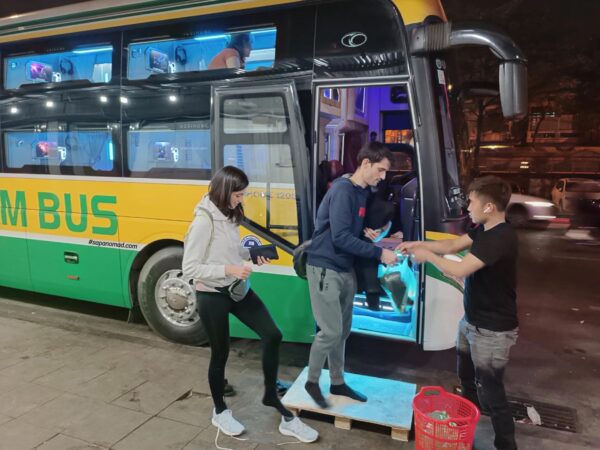7 Sapa Festival: Embrace the Powerful Energy of Culture
The Sapa Festival is one of the most exciting events you can experience in Vietnam. If you’re tired of the usual tourist spots and want something unique, this festival is perfect for you! It brings together the best of local traditions, music, and art, all in the beautiful Sapa region. You might have missed it before, but don’t let this chance slip by! Keep reading to learn more about this incredible celebration and why it’s a must-see.
7 Sapa Festival: A Thrilling Journey into Local Culture
Let’s dive into the 7 Sapa festivals – a colorful mix of music, dance, and local traditions, all happening with some seriously stunning mountain views.
Roong Pooc: The Vibrant Battle of Colors

- When it happens: This festival is celebrated in early January, according to the lunar calendar. It’s a great way to kick off the new year!
- Which ethnic group celebrates it:: Giay people
The festival, celebrated in early January, is a big deal for the Giay people in Ta Van Village. It’s now the largest celebration in Muong Ha Valley, drawing thousands from nearby villages. The festival honors the Mother of the Land, with prayers for a good harvest ahead. People enjoy traditional games, songs, and dances, and it’s a great chance to reconnect with old friends. Plus, for the younger crowd, it’s the perfect time to search for a potential husband or wife! Lots of food and drinks keep everyone in high spirits!
Nao Cong: Celebrating Harvest with Joy
- When it happens: Held annually in June of the lunar calendar.
- Which ethnic group celebrates it:: Giay people
The festival, which started with the Giay people, is celebrated every early January in Ta Van Village. It’s the biggest event in Muong Ha Valley, attracting thousands of visitors each year. The festival honors the Mother of the Land and prays for a bountiful harvest. Then, every June, people from different ethnic groups like H’mong, Dap, and Day come together in Ta Van for the Nao Cong Festival. Each family sends a representative to join in the fun, making it a community event full of tradition and excitement!
Gau Tau: A Tradition of Craftsmanship and Community
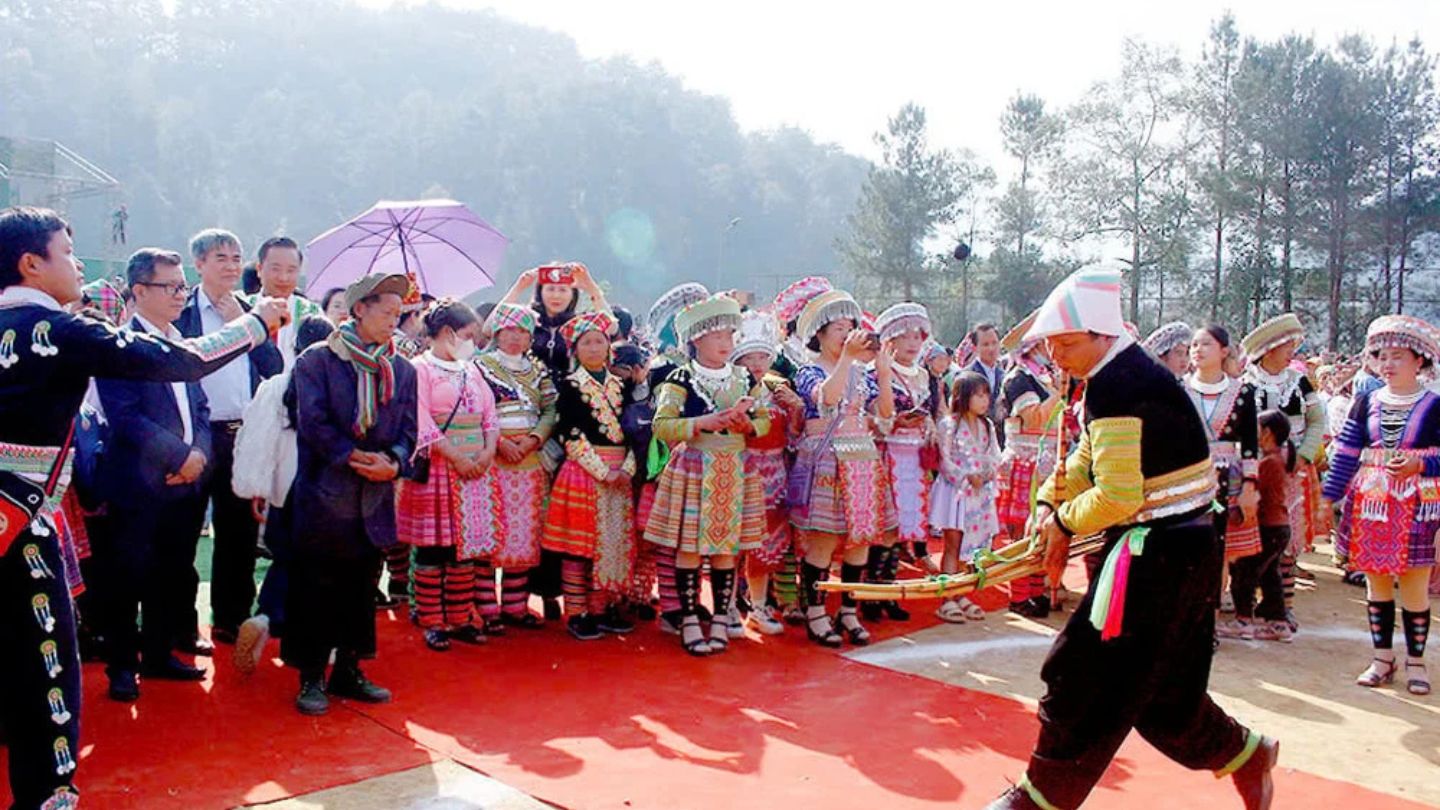
- When it happens: Organized by individual families, with each family taking turns to host the festival.
- Which ethnic group celebrates it: The H’mong ethnic group
Gau Tau is a lively and special festival celebrated by the H’mong people, where each family in the community takes turns hosting. The hosting family invites a village shaman to help perform rituals, thanking the gods and ancestors, and praying for a prosperous and happy year. Once the rituals are done, the whole village comes together for a day of fun with traditional sports, lively dance competitions, and music played on traditional instruments. It’s a fantastic celebration of culture, gratitude, and community spirit that brings everyone together in joy and harmony!
Tet Nhay: Embracing Spring with Energy and Unity
- When it happens: The Tet Nhay Festival takes place on the second day of Tet, the national holiday in Vietnam.
- Which ethnic group celebrates it: Dao people
Tet Nhay Festival is a vibrant Dao celebration that happens during Tet, the national holiday in Vietnam. On the second day of Tet, the Dao people gather in Ta Van Village to give thanks to their gods and pray for a joyful year ahead. The highlight of the festival is a lively, traditional dance performed around a central altar, full of energy and meaning. Besides the dance, you’ll also find beautiful paper crafts and intricate sculpting on display. It’s a wonderful mix of culture, tradition, and fun that brings the community together to celebrate the new year!
Long Tong Festival (Going To The Field Festival)
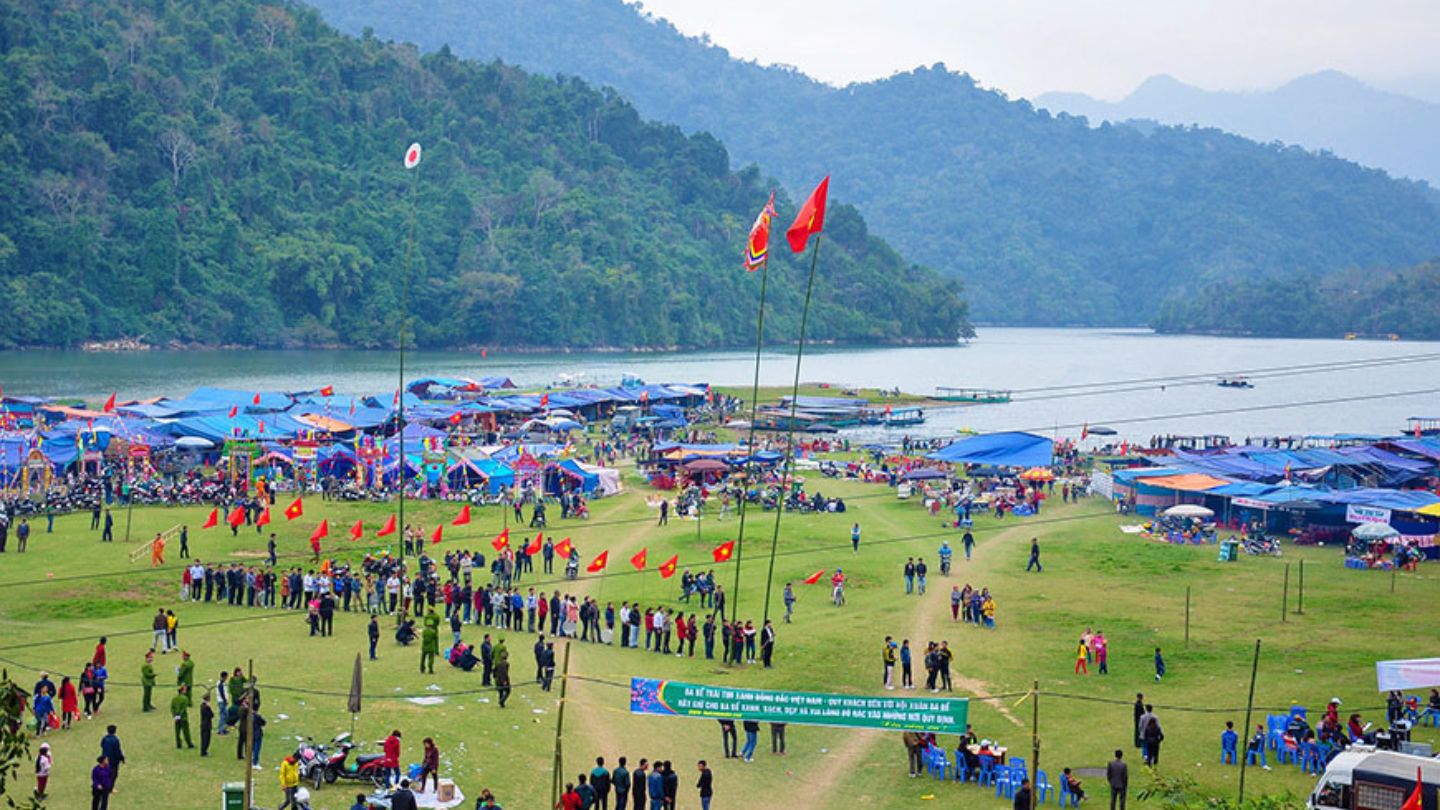
- When it happens: Held on the 8th day of the Lunar New Year every year
- Which ethnic group celebrates it: Tay, Dao, Xa Pho, and Mong ethnic groups in Ban Ho commune, Sapa.
The Going to the Field Festival is a colorful and lively celebration in Ban Ho commune, Sapa, held on the 8th day of the Lunar New Year every year. It’s a unique festival shared by the Tay, Dao, Xa Pho, and Mong ethnic groups. The Long Tong festival kicks off with a beautiful procession of land and water, followed by amazing traditional performances from the Dao and Tay people. The main purpose of the festival is to pray for a good harvest, great weather, and peace for everyone.
Nhan Song Festival: Honoring the Spirit of the Land
- When it happens: Held when the forest is under threat or when the crops are damaged, usually not every month
- Which ethnic group celebrates it: Red Dao ethnic group in Giang Ta Chai, Ta Van, Sapa.
Nhan Song is a unique festival celebrated by the Red Dao people in Giang Ta Chai, a beautiful village in Ta Van, Sapa. In the past, the festival was held every month in mysterious forests, but now it is organized only when the forest is threatened, or when horses damage the crops. During the festival, the villagers offer a pig to the gods, hoping that they will protect the forest and ensure a good harvest. It’s a meaningful ceremony where the Red Dao people pray for blessings, peace, and prosperity for their village and nature.
Quet Lang Festival: A Day of Renewal and Togetherness
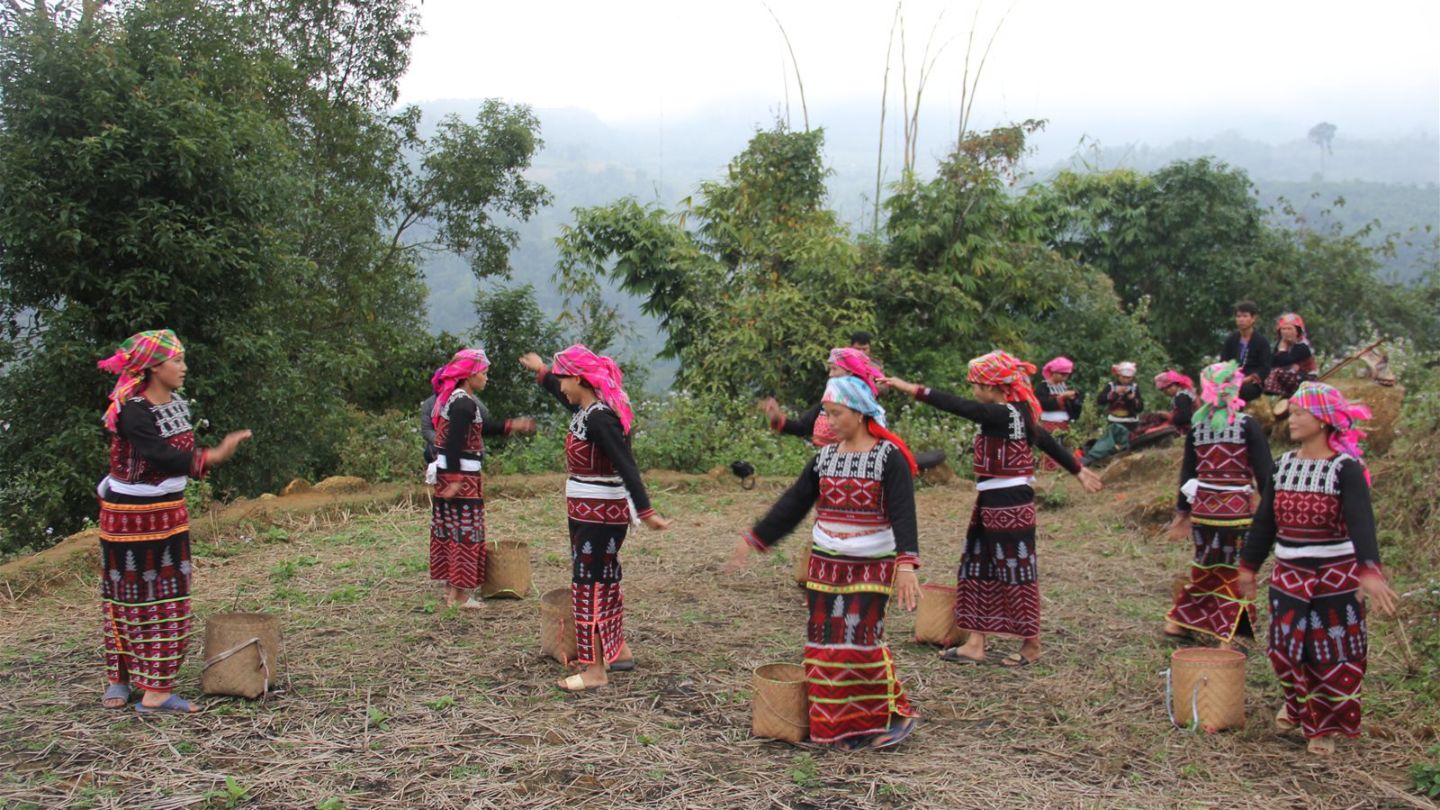
- When it happens: Takes place on the Ngo and Mui days of the second lunar month every year.
- Which ethnic group celebrates it: Xa Pho ethnic group in Sapa.
The Village Sweeping Festival is a fun and meaningful tradition of the Xa Pho ethnic group in Sapa. Held every year on the Ngo and Mui days of the second lunar month, the festival has an interesting story behind it. According to the Xa Pho people, February is when hungry ghosts return to the village, bringing bad luck and trouble. To protect their village, they organize a sweeping ceremony to clear out the bad spirits and invite peace, hoping for a good harvest and healthy livestock. It’s a lively and colorful festival full of tradition, prayers, and community spirit!
Getting to Sapa: Your Guide to Joining the Festivities
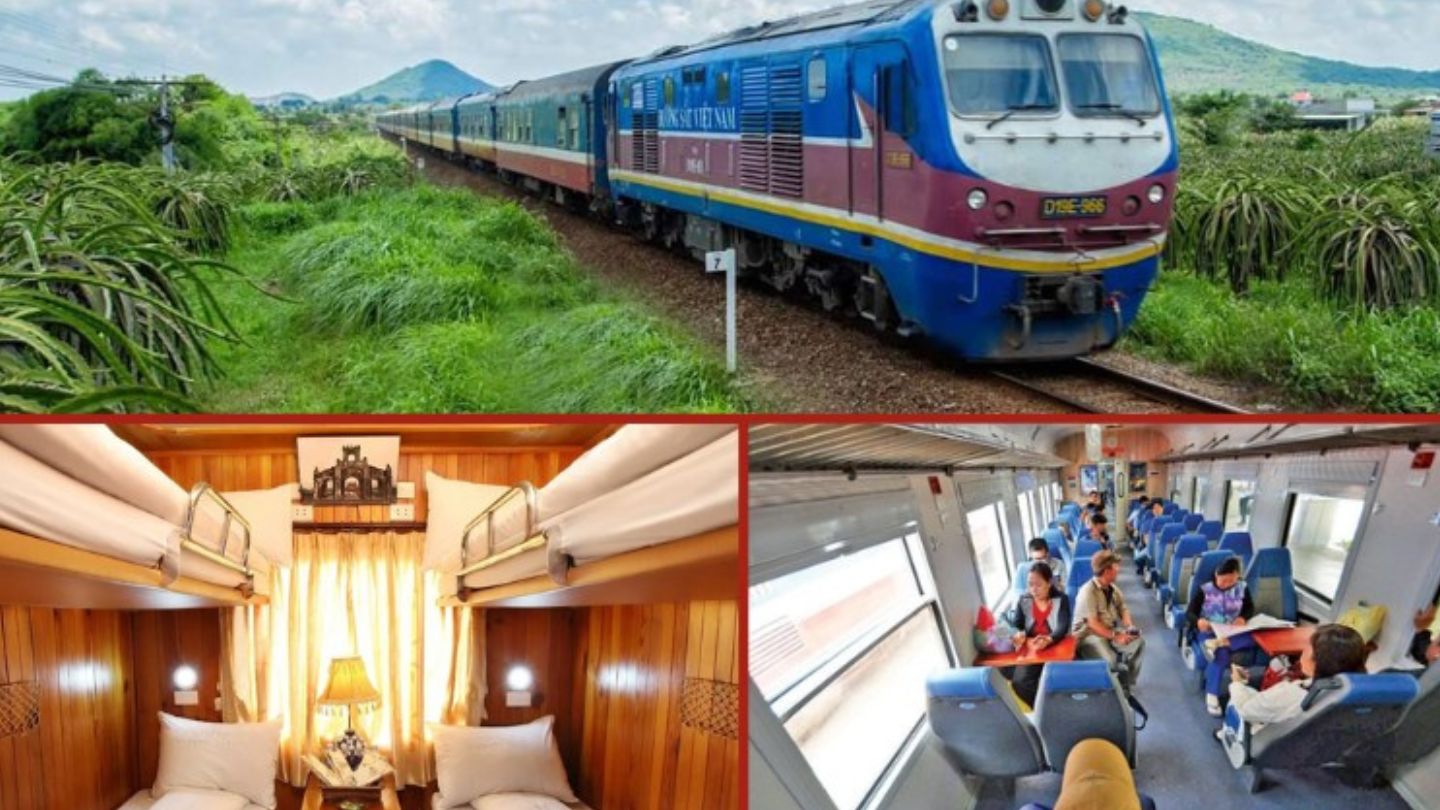
Getting to Sapa, a beautiful town nestled in the mountains of northern Vietnam, is an exciting journey that can be done by private car, bus, or train.
By Bus
If you’re traveling on a budget, taking a bus is an affordable option. There are several bus services that run directly from Hanoi to Sapa, and the trip usually takes around 6-7 hours, offering both day and overnight buses.
- Travel Time: 5 to 6 hours
- Price: $15 to $25 (depending on the bus type: standard or sleeper)
- Best for: Budget travelers looking for an affordable option
By Car
If you prefer comfort and convenience, hiring a private car is the best choice. The drive takes about 5-6 hours from Hanoi, offering you a scenic route through picturesque villages and terraced rice fields.
- Travel Time: 5 to 6 hours
- Price: $85 to $150 (for a private car)
- Best for: Those seeking more comfort and privacy
By Train
For a unique experience, you can also take the overnight train to Lao Cai, the nearest station to Sapa, which takes about 8 hours. From Lao Cai, you can take a 30-minute bus ride or a taxi to Sapa.
- Travel Time: 8 to 9 hours (to Lao Cai, then 1-hour transfer to Sapa)
- Price: $35 to $210 (depending on class)
- Best for: Those looking for a unique travel experience with a scenic route
Once you arrive, you’ll find that Sapa is filled with vibrant festivals throughout the year, celebrating the local culture with traditional music, dance, and food. No matter which transport option you choose, getting to Sapa is part of the adventure, and it’s well worth the trip to experience the festivities and breathtaking landscapes!
Conclusion
The Sapa Festival is a chance to experience something special and different. If you’re looking for an exciting way to explore local culture, this is it! The festival offers a perfect mix of music, dance, and art, set in the beautiful Sapa region. Don’t miss out on this unique opportunity! Keep reading to find out why the Sapa Festival is an event you won’t want to miss. Get ready for an unforgettable experience that you’ll remember for a long time!



